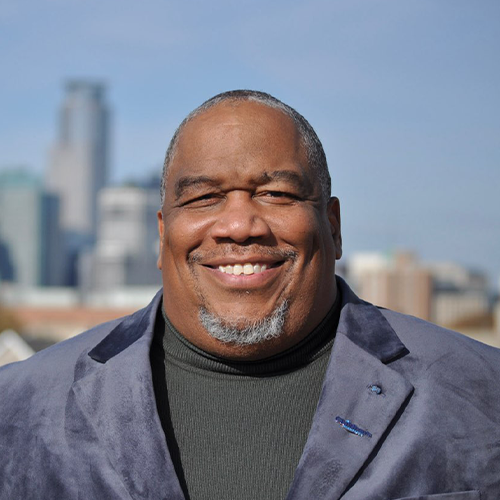I learned something new about myself when I moved to Minnesota in 1992. For the many years I lived in Detroit, Atlanta and Washington, D.C., I understood that my racial identity was Black. But in Minnesota, I learned I was BIPOC.
Before coming here, I had never heard that expression, which stands for Black, Indigenous, People of Color. I had always thought I was Black. And I thought other people I would meet from other races and ethnicities would describe themselves as Latino, Asian or Native, or more specifically, Dominican, Puerto Rican, Cambodian, Taiwanese, Dakota, Ojibwe, etc.
What I learned in Minnesota is that BIPOC is a shorthand way to group people together into one identity as opposed to learning who they are, what they’re truly about and finding out how they themselves would like others to refer to them. The term BIPOC says a lot about how we treat people of different racial and ethnic identities.
Before moving to Minnesota, I lived in cities — Detroit, Atlanta, Washington, D.C. — where many people looked like me. But when I came here, it took me three weeks to see another Black person. This was a new experience; Minnesota was a new kind of place and I thought, how can we still be racially inclusive and equitable, even if there aren’t many Black, Native, Latino or Asian people?
Since that time, I’ve worked with a variety of communities and learned more about why we can’t lump people together. When I was the executive director for equity and diversity at Minneapolis Public Schools, it was crucial that we disaggregated data in order to find the most equitable solutions for students from different racial and ethnic backgrounds. Same thing in my role as the first chief inclusion officer for the State of Minnesota. We needed to see the data from specific racial and ethnic groups to create an inclusive workforce. Otherwise, we wouldn’t be able to see where the gaps were in specific populations. To find solutions, we can’t consider someone BIPOC. The way we do or don’t categorize Minnesotans matters.
Yes, it’s a little longer to say or type out “Native, Asian, Latino and Black people.” For simplicity and brevity, some people prefer to use “people of color” or BIPOC. That’s why these umbrella terms were created in the first place. Many Native, Asian, Latino and Black people do share a common struggle for equity. Many of us have had similar experiences living in a majority white society. But we also have distinct, interesting, beautiful cultures and histories. Let’s not erase that with blanket terms of convenience. The extra words are worth it. Don’t use shorthand to describe me and I assure you I will not shortchange you in the end. Let me define me.

